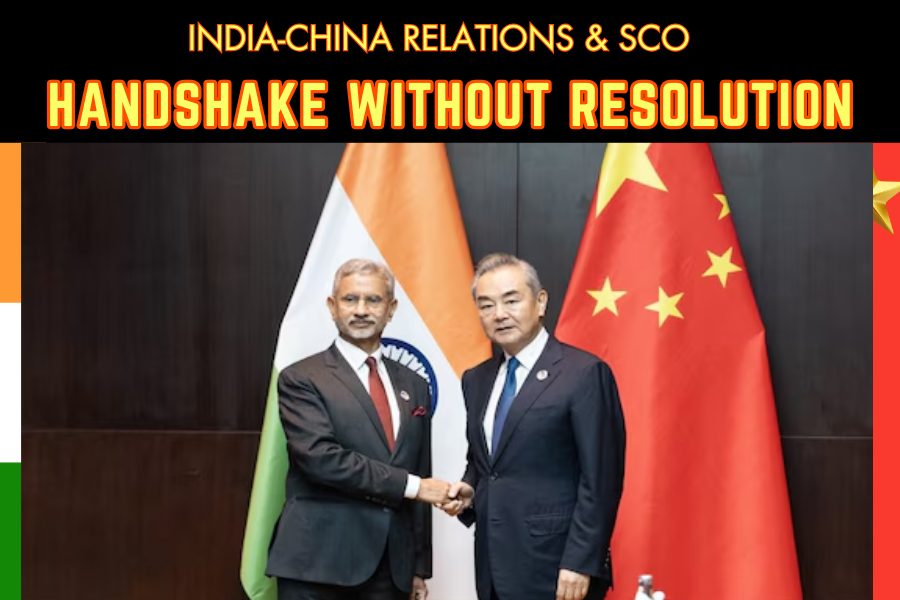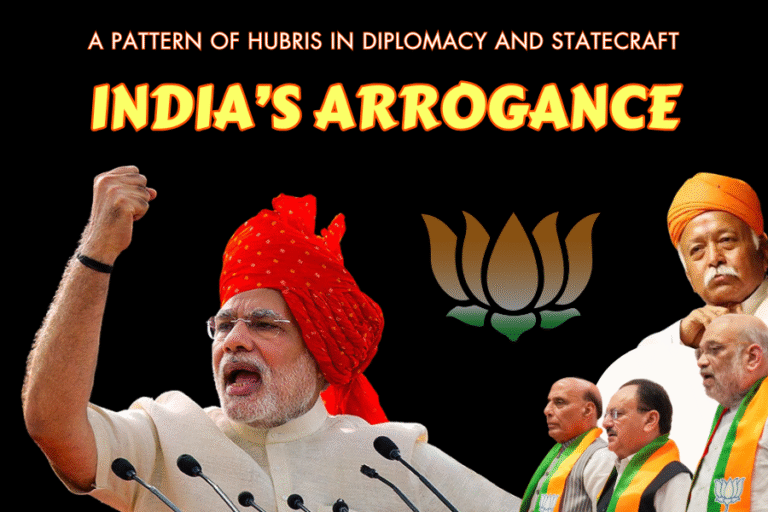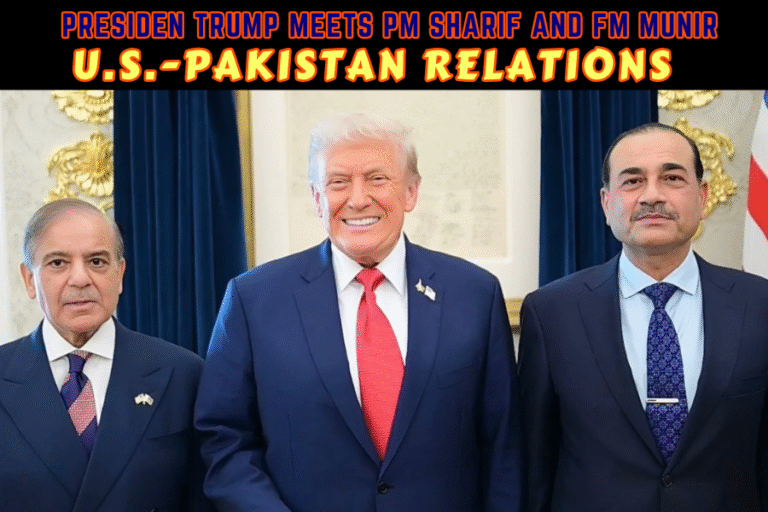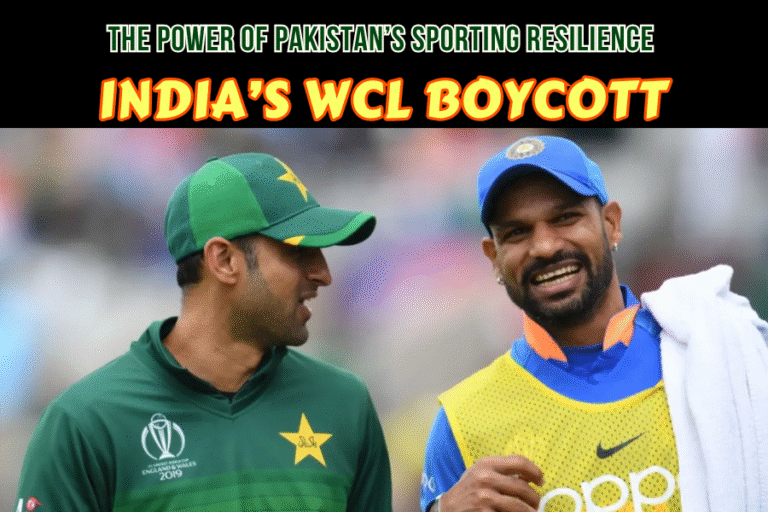(Quratulain Khalid)
I. Introduction
In July 2025, Indian External Affairs Minister S. Jaishankar’s visit to China for the Shanghai Cooperation Organisation (SCO) Foreign Ministers’ Conference in Tianjin marked the first such high-level trip since the 2020 Galwan Valley clash, a deadly skirmish that plunged India-China relations into a deep freeze. Against a backdrop of border tensions, trade imbalances, and strategic mistrust, the visit aimed to rebuild diplomatic bridges, address the Line of Actual Control (LAC) disputes, and navigate China’s growing influence in Asia, including its support for Pakistan in CPEC security. However, domestic critics in India labelled the visit a “total failure,” citing its lack of concrete outcomes. This article assesses Jaishankar’s objectives, the diplomatic engagements, the absence of breakthroughs, and the implications for regional security and global diplomacy in 2025, with a nod to Pakistan’s strategic interests in the SCO and maritime security.
II. Objectives of the Visit
Jaishankar’s visit aimed to thaw India-China relations strained since the Galwan clash, which killed 20 Indian and an undisclosed number of Chinese soldiers. Key objectives included:
- Rebuilding diplomatic engagement: Revive dialogue mechanisms dormant since 2020, building on the October 2024 Modi-Xi meeting in Kazan.
- Addressing border tensions: Seek progress on LAC disengagement, particularly in Depsang and Demchok, to restore “peace and tranquillity.”
- Tackling trade imbalances: Address China’s restrictive trade practices, with India’s trade deficit exceeding $100 billion in 2024.
- Reaffirming India’s SCO role: Counterbalance China’s dominance in the SCO, a bloc critical for Pakistan’s CPEC security and maritime security interests.
The visit was a delicate balancing act, aligning India’s multipolar Asia vision with its Indo-Pacific strategy and Quad commitments.
III. The Diplomatic Schedule: Who Met Whom and Why
Jaishankar’s three-day visit (13–15 July 2025) included high-level meetings:
- President Xi Jinping: A symbolic call-on with SCO foreign ministers, where Jaishankar conveyed greetings from President Droupadi Murmu and Prime Minister Narendra Modi, emphasizing “mutual respect” and a “positive trajectory” for ties.
- Vice President Han Zheng: A ceremonial meeting marking the 75th anniversary of India-China diplomatic relations, highlighting the resumed Kailash Mansarovar Yatra.
- Foreign Minister Wang Yi: The core bilateral dialogue, covering border tensions, trade imbalances, terrorism, and cultural exchanges. Jaishankar stressed “peace at borders” and raised concerns over China’s support for Pakistan, particularly in CPEC security.
Additional talks with Liu Jianchao (CPC International Department) focused on multipolarity and global order, reflecting India’s strategic autonomy. These engagements underscored India’s push for dialogue amid SCO’s anti-Western tilt, relevant to Pakistan’s role in the bloc.
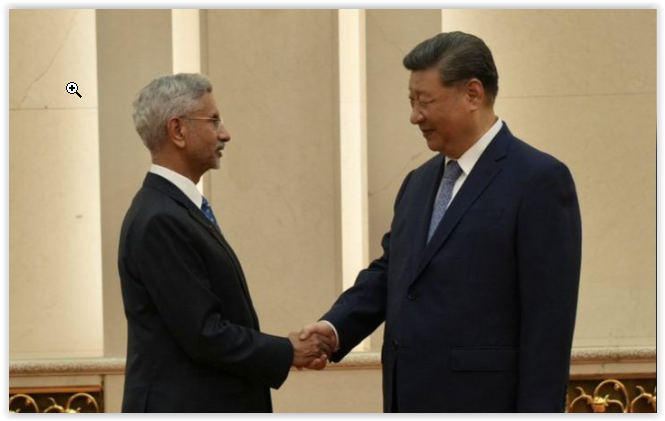
IV. Diplomatic Language vs. Diplomatic Substance
Official readouts were heavy on platitudes but light on commitments. Jaishankar noted “steady improvement” since the Kazan summit, citing the Kailash Mansarovar Yatra resumption as a “widely appreciated” step. Wang Yi echoed calls for “stable ties” and “managing differences.” Both sides emphasized “mutual respect” and “peace at borders,” but no concrete action plans or timelines emerged. The absence of specifics on LAC disengagement, trade reforms, or terrorism countermeasures highlighted a gap between rhetoric and reality. The SCO framework, while fostering dialogue, prioritized optics—a “happy family photo”—over substantive progress, a critique echoed in Pakistan’s SCO engagements. The visit’s symbolic gestures, like Jaishankar planting a sapling at the Indian Embassy, underscored diplomacy without deliverables.
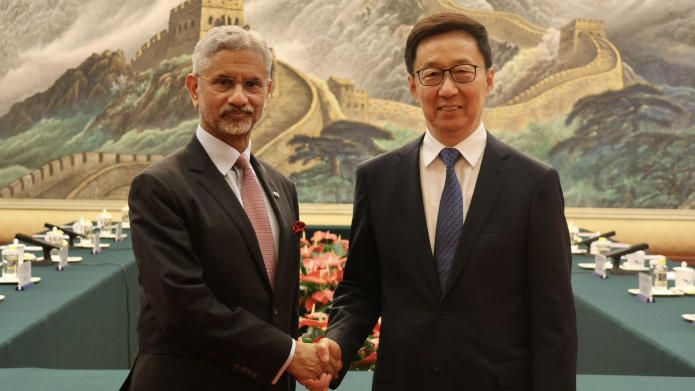
V. Key Issues Discussed and Their (Lack of) Resolution
a. Border Disputes
The LAC remains a flashpoint, with 23 rounds of Special Representatives (SR) talks failing to resolve the 3,488 km boundary dispute. Jaishankar reiterated that “peace at borders is a prerequisite” for normal ties, pushing for Depsang and Demchok disengagement. China offered no commitments, with Wang Yi noting the “complexity” of the issue. Patrol protocols and de-escalation remain stalled, reflecting deep mistrust post-Galwan.
b. Trade and Economic Barriers
India’s $136 billion trade with China in 2024 is skewed, with a $100 billion deficit. Jaishankar criticized China’s export restrictions and non-tariff barriers, impacting Indian pharmaceuticals and IT services. China promised dialogue but offered no reforms, maintaining strategic ambiguity.
c. Security and Regional Influence
India raised China’s support for Pakistan, including CPEC security and silence on cross-border terrorism, a concern for Pakistan’s maritime security in the Arabian Sea. China’s non-committal stance preserved its “ironclad” alliance with Pakistan.
d. People-to-People Diplomacy
The Kailash Mansarovar Yatra resumption was a symbolic win, alongside plans for direct flights and hydrological data sharing. However, broader cultural exchanges await border stability.
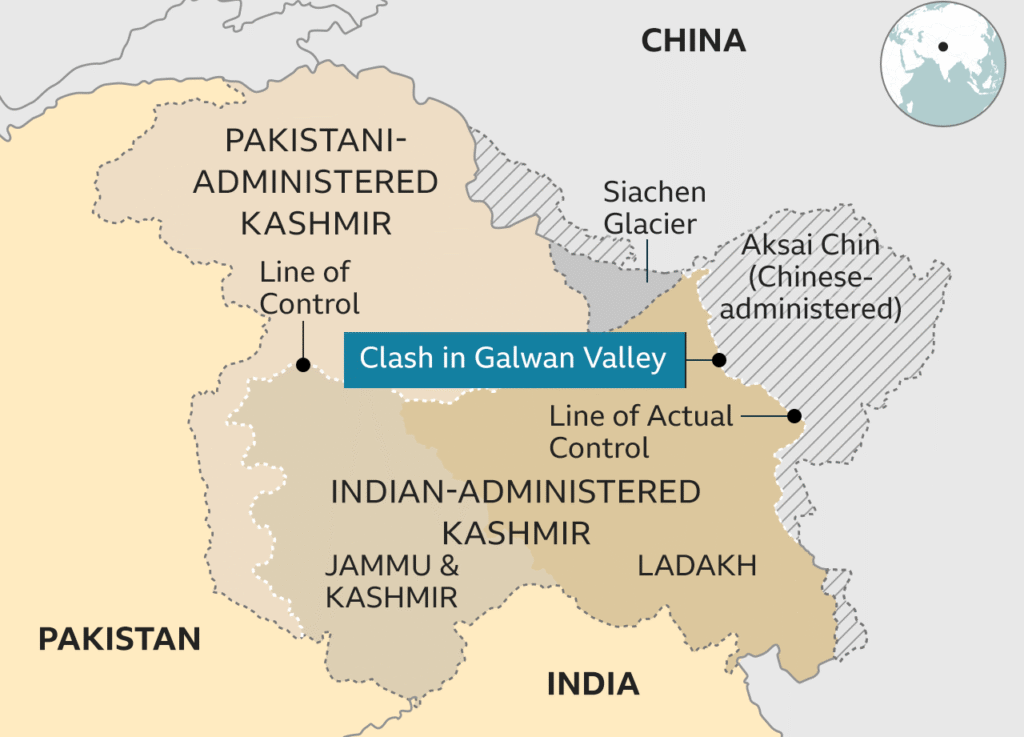
VI. Regional and Global Implications
The SCO meeting underscored India’s delicate balancing act. China positions the SCO as an anti-Western bloc, with Pakistan and Russia amplifying its influence. India’s participation signals engagement without endorsement, aligning with its Quad and IPEF commitments to counter China’s Belt and Road Initiative (BRI), which impacts CPEC security. The lack of progress on LAC and trade imbalances reinforces India’s alignment with U.S.-led Indo-Pacific strategies, raising concerns in Pakistan about regional power dynamics. China’s support for Pakistan, including Z-10ME helicopters, contrasts with its vague assurances to India, highlighting strategic rivalry. Globally, the visit signals cautious dialogue amid multipolarity, but India’s rise as a Global South leader challenges China’s dominance.
VII. Domestic and International Reactions
In India, opposition parties called the visit “another photo-op,” criticizing Jaishankar for failing to secure LAC disengagement or trade concessions. Media outlets like The Statesman noted “muted expectations,” framing the visit as symbolic. Strategic analysts, per India Today, viewed it as “keeping doors open” but lacking policy gains. Internationally, China’s Xinhua portrayed the meetings as a “new starting point,” while Pakistan’s media, wary of India’s SCO role, emphasized CPEC security concerns. NATO allies, focused on Indo-Pacific stability, saw India’s engagement as pragmatic but inconclusive. The Houthi’s asymmetric warfare in the Red Sea, indirectly tied to maritime security, underscores the broader volatility affecting India and Pakistan.
VIII. Broader Trends in India-China Relations (2020–2025)
Since the 2017 Doklam standoff and 2020 Galwan clash, India-China relations have shifted from cooperative multipolarity to cautious confrontation. The Galwan incident led India to ban Chinese apps, suspend flights, and limit investments. Cyber and maritime competition, including China’s BRI and Pakistan’s CPEC, have expanded rivalry beyond borders. Despite 23 SR rounds and the October 2024 disengagement at Depsang and Demchok, trust remains elusive. China’s warnings on Tibet and support for Pakistan’s Z-10ME acquisition deepen India’s concerns, mirroring Pakistan’s fears of India’s Prachand helicopters. The SCO remains a platform for dialogue, but China’s dominance limits India’s leverage.
IX. What Comes Next? Strategic Forecast
Jaishankar’s visit may pave the way for a Modi-Xi summit, but LAC resolution is unlikely without mutual concessions. Wang Yi’s potential India visit in August 2025 for SR talks could test de-escalation commitments. India’s push for hydrological data and trade reforms may gain traction if China seeks to counter U.S. influence. However, China’s “ironclad” ties with Pakistan, including CPEC security, complicate normalization. Without border resolution, ties will remain transactional, with India strengthening Quad and IPEF alignments. Pakistan, observing India’s SCO role, may deepen China ties, impacting maritime security in the Arabian Sea. A Yemen-style asymmetric warfare spillover could further destabilize regional trade routes.
X. Conclusion: Dialogue Without Deliverables?
Jaishankar’s 2025 China visit underscores the necessity and limitations of diplomacy between rivals. The SCO provided a platform for handshakes, but the absence of LAC disengagement, trade reforms, or terrorism commitments confirms critics’ views of a “total failure.” Strategic distrust, fueled by China’s Pakistan ties and India’s Indo-Pacific alignments, remains the key barrier. For Pakistan, the visit highlights the need for robust CPEC security and Pakistan naval strategy to counter regional volatility. The way forward demands political will, mutual compromise, and sustained engagement—qualities absent in Tianjin’s symbolic gestures. Stable India-China relations are vital for Asia’s stability, but handshakes alone cannot resolve the shadow of the Himalayas.

